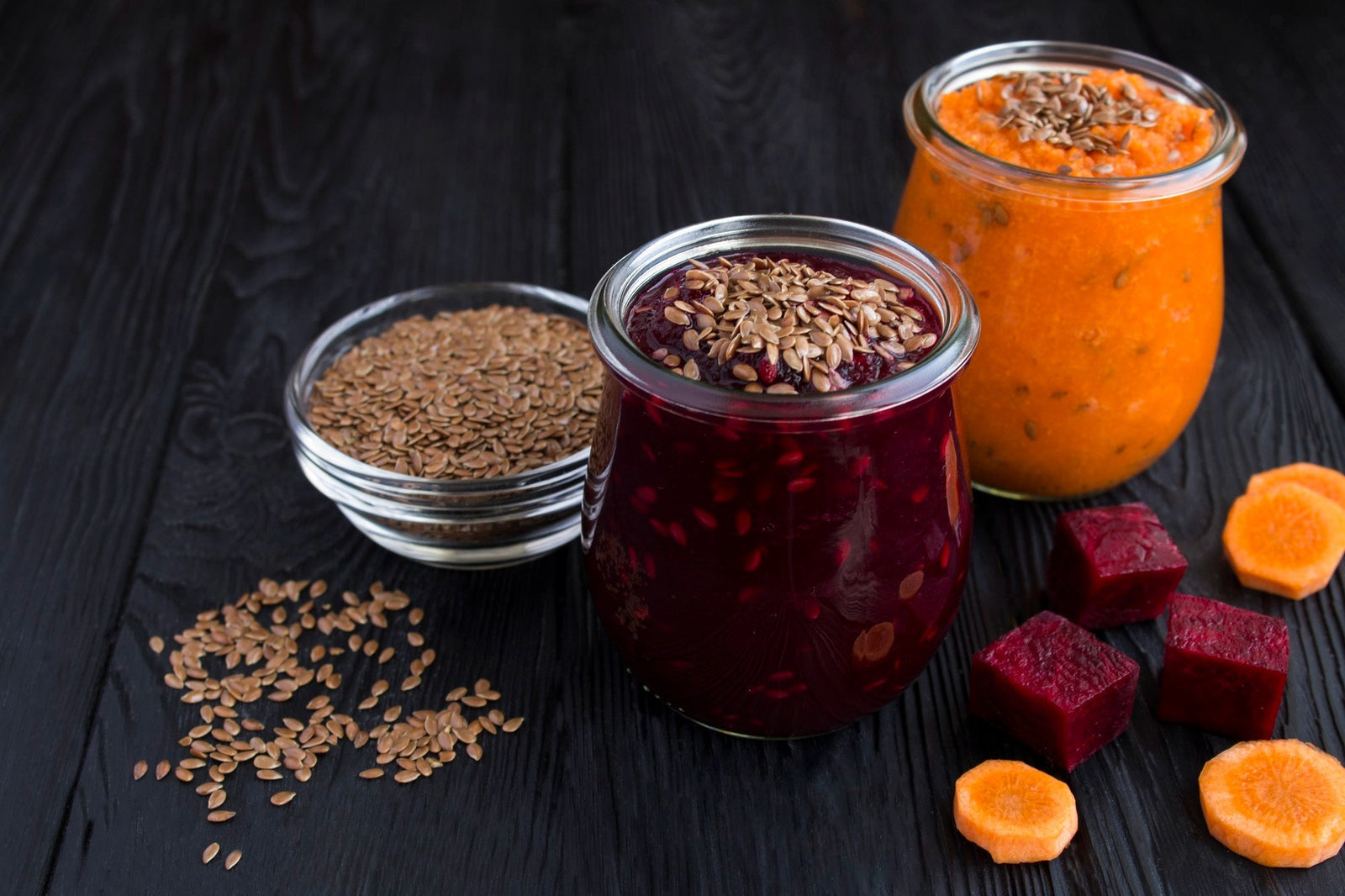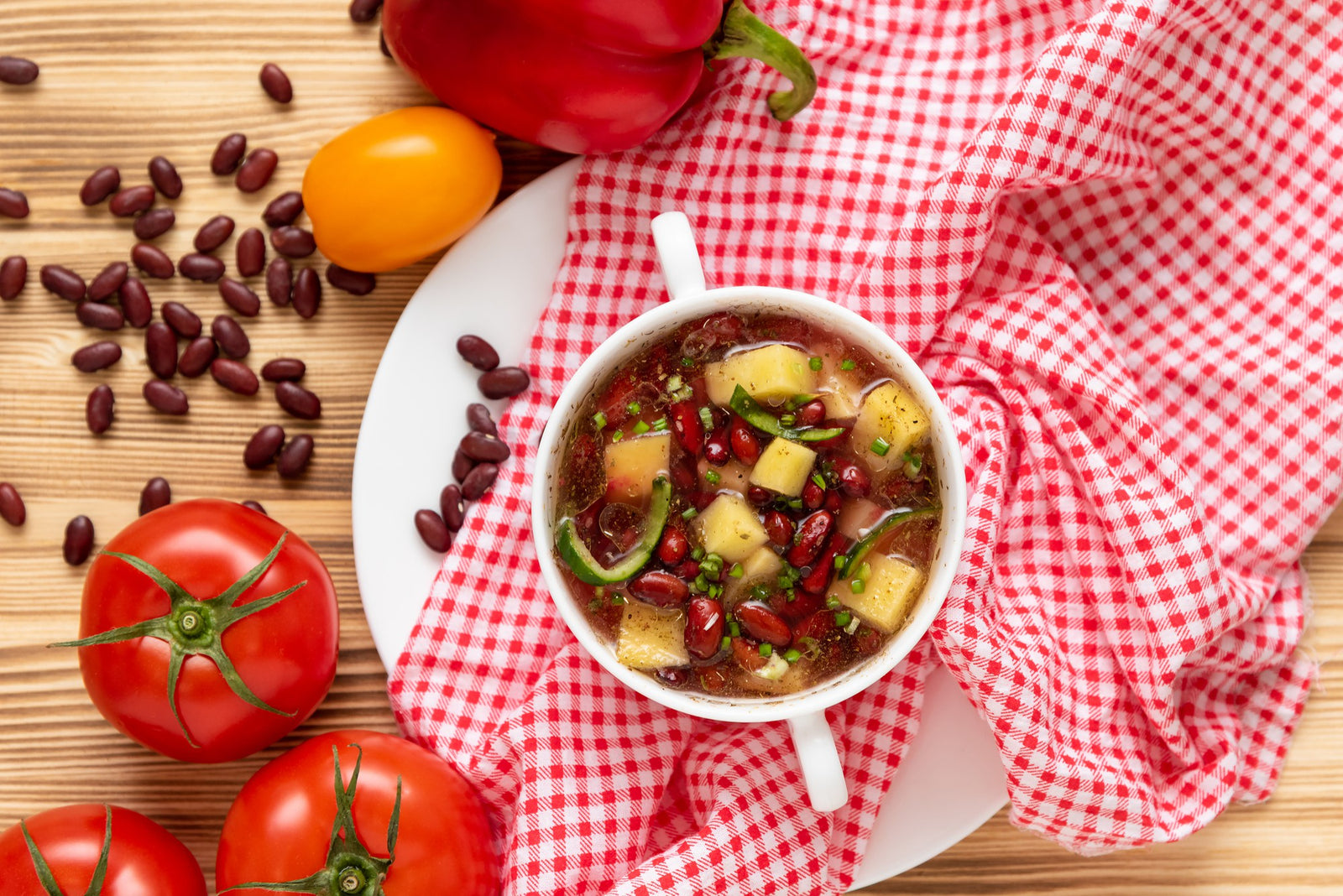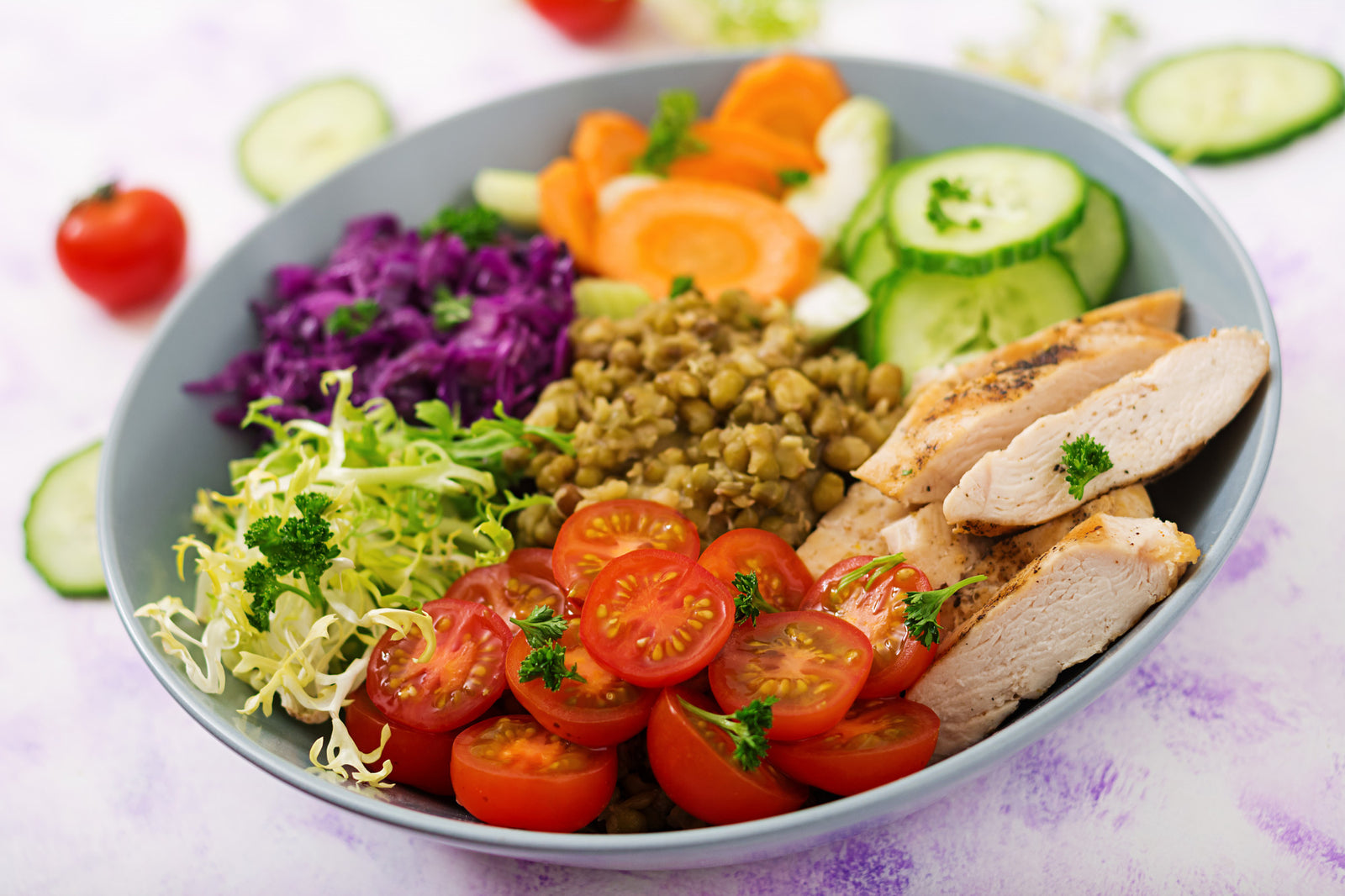
July 12, 2023 4 min read
In the realm of ancient grains, amaranth stands out as a powerhouse of nutrition and versatility. Originating from the vibrant civilizations of the Aztecs and Incas, amaranth has been cherished for centuries for its exceptional health benefits and culinary potential. This gluten-free grain is a great supplement to a balanced, organic diet because it is a rich source of important nutrients. This post will discuss the numerous ways you may prepare meals using amaranth and provide you with some delicious recipe suggestions that will elevate your culinary endeavors.

Amaranth holds a fascinating history that dates back thousands of years. This hardy and nutrient-rich grain is indigenous to the Americas and was grown by prehistoric societies including the Aztecs, Incas, and Mayans. The Aztecs, in particular, held amaranth in high esteem. They believed it to be a gift from their gods, associating it with strength, longevity, and spiritual power. Amaranth was not only used as a dietary staple but also played a central role in religious ceremonies and rituals. Its versatility was showcased in various forms, from porridges and bread to beverages and religious offerings.
The arrival of the Spanish conquistadors in the 16th century marked a pivotal moment forAmaranth. Recognizing its sacred value in indigenous cultures, the conquistadors prohibited its cultivation and consumption as they viewed it as a challenge to their authority. Fortunately, amaranth's story did not end there. In the 1970s, interest in this ancient grain was reignited, and it began to regain popularity as a nutritious and versatile food. Its exceptional nutritional profile, resilience to harsh conditions, and gluten-free nature appealed to health-conscious individuals and those seeking alternative grains. Today, amaranth has become recognized as a modern superfood, revered for its remarkable health benefits and culinary potential.
Amaranth packs a nutritional punch that sets it apart from many other grains. Amaranth is a complete protein source, providing all the essential amino acids needed for good health. It's an excellent choice for vegans, vegetarians, and those seeking more protein. Amaranth is also high in fiber, which aids digestion and weight management. Its mineral content, including calcium, iron, magnesium, and phosphorus, supports bone health, blood circulation, and overall well-being.

Cooking Amaranth: When cooked, Amaranth grains have a delightful nutty flavor and a slightly crunchy texture. To prepare amaranth, combine one part grain with two and a half parts liquid (such as water or vegetable broth) in a saucepan. It should be brought to a boil, then simmered for 20 to 25 minutes, covered, until the grains are soft and have absorbed the liquid.
Breakfast Boost: Start your day off right by adding cooked amaranth to your breakfast routine. Add it to your preferred plant-based milk along with some cinnamon and honey or maple syrup. Add fresh fruits, nuts, and seeds on top for a nutritious and invigorating breakfast.
Amaranth Flour: Grind amaranth into a fine powder to create amaranth flour, which can be used as a gluten-free alternative in baking. Combine it with otherflour to make pancakes, bread, muffins, or cookies. The earthy flavor of amaranth flour adds a unique touch to your baked goods.
Salads and Grain Bowls: Amaranth can be a delightful addition to salads and grain bowls. Toss cooked amaranth with a variety of fresh vegetables, leafy greens, and your choice of protein (such as grilled chicken, tofu, or chickpeas). Drizzle with a flavorful dressing or sprinkle with herbs and spices to create a satisfying and nutritious meal.
Amaranth Patties or Veggie Burgers: Combine cooked amaranth with mashed beans, grated vegetables, herbs, and spices to make flavorful amaranth patties or veggie burgers. Pan-fry or bake them until golden brown for a delicious and protein-packed plant-based alternative.

Amaranth and Roasted Vegetable Salad: Toss roasted seasonal vegetables, such as sweet potatoes, bell peppers, and zucchini, with cooked amaranth. Drizzle with a tangy lemon vinaigrette and top with crumbled feta cheese or toasted nuts for a vibrant and hearty salad.
Amaranth-Stuffed Bell Peppers: Cook amaranth and mix it with sautéed onions, garlic, and your favorite herbs. Stuff the mixture into bell peppers and bake until the peppers are tender and the filling is golden and aromatic. Serve as a delightful main course or a flavorful side dish.
Amaranth Energy Balls: Combine cooked amaranth with almond butter, honey, dried fruits, and seeds. Roll the mixture into bite-sized energy balls and refrigerate until firm. These nutritious and delicious snacks are perfect for on-the-go energy or a post-workout boost.
Amaranth Porridge with Berries: Cook amaranth with plant-based milk and a hint of vanilla extract. Top with a medley of fresh berries, a drizzle of honey or maple syrup, and a sprinkle of toasted coconut flakes. This warm and comforting porridge makes for a nourishing and satisfying breakfast or dessert.
Amaranth and Vegetable Stir-Fry: In a wok or skillet, sauté a colorful mix of vegetables, including broccoli, carrots, snap peas, and mushrooms. For an umami-rich stir-fry that can be eaten as a stand-alone dish or coupled with tofu or yourfavorite protein, add cooked amaranth and a dash of soy sauce or tamari.
Incorporating amaranth into your diet is a rewarding and nutritious choice. With its remarkable health benefits and culinary versatility, amaranth can elevate your meals to new heights. Whether you enjoy it as a grain, flour, or in creative recipes, amaranth provides a delightful nutty flavor, a satisfying texture, and a wealth of essential nutrients. Embrace the ancient wisdom of this superfood grain and savor the nourishment and culinary possibilities it brings to your healthy and organic lifestyle.
Related Blogs:
Comments will be approved before showing up.

January 27, 2025 3 min read
Flaxseed, the tiny yet powerful superfood, is packed with nutrients that can support weight loss. From curbing hunger to stabilizing blood sugar, this guide dives into the science of how flaxseed can help you shed those extra pounds.

December 11, 2024 3 min read
Discover three quick and easy soup recipes featuring organic small red beans. From a classic vegetable soup to a creamy potato blend, these wholesome recipes are perfect for chilly days and busy weeknights. Packed with flavor and nutrition, these soups will warm your heart and soul this winter!

December 06, 2024 3 min read
This vibrant and nutritious Green Lentil Salad combines tender lentils with grilled chicken, fresh vegetables, and a zesty lemon dressing. Packed with protein, fiber, and essential vitamins, it’s the perfect healthy meal for any time of day.
© 2025 Be Still Farms- Real, Fine Organics.
Privacy | Terms | Refund Policy | Organic Certification
